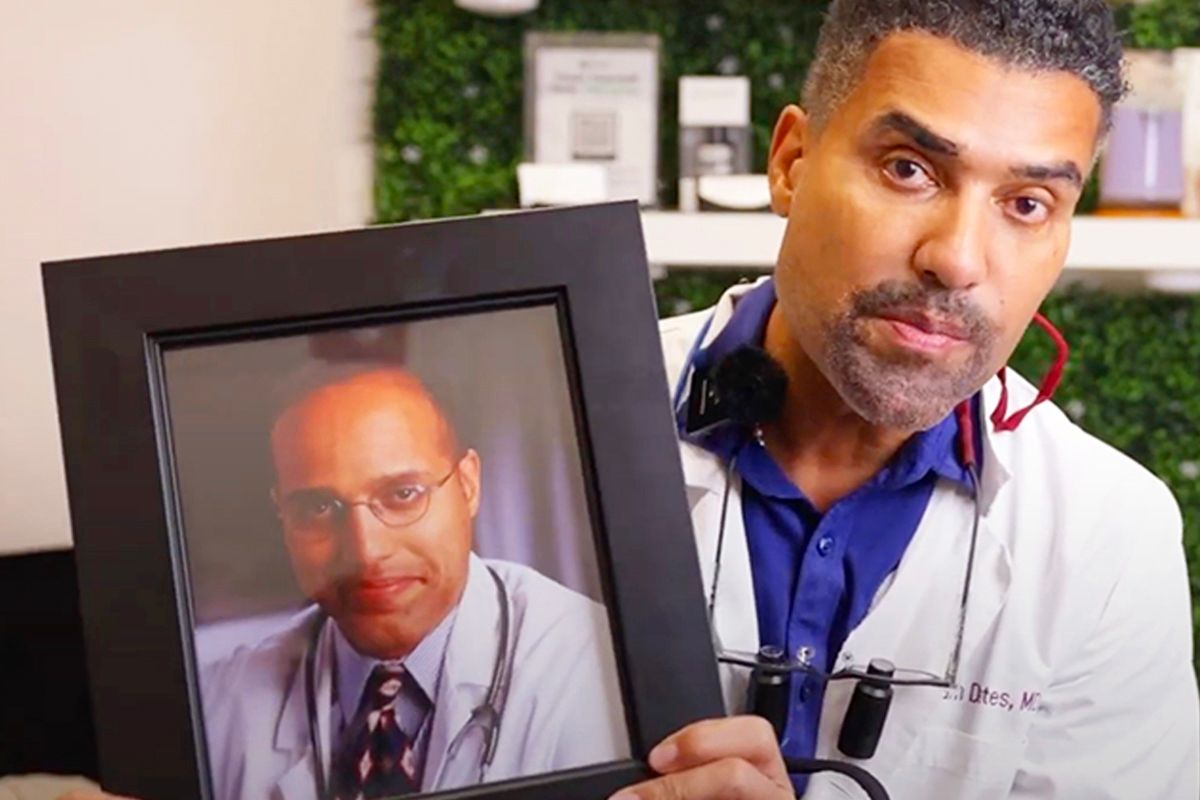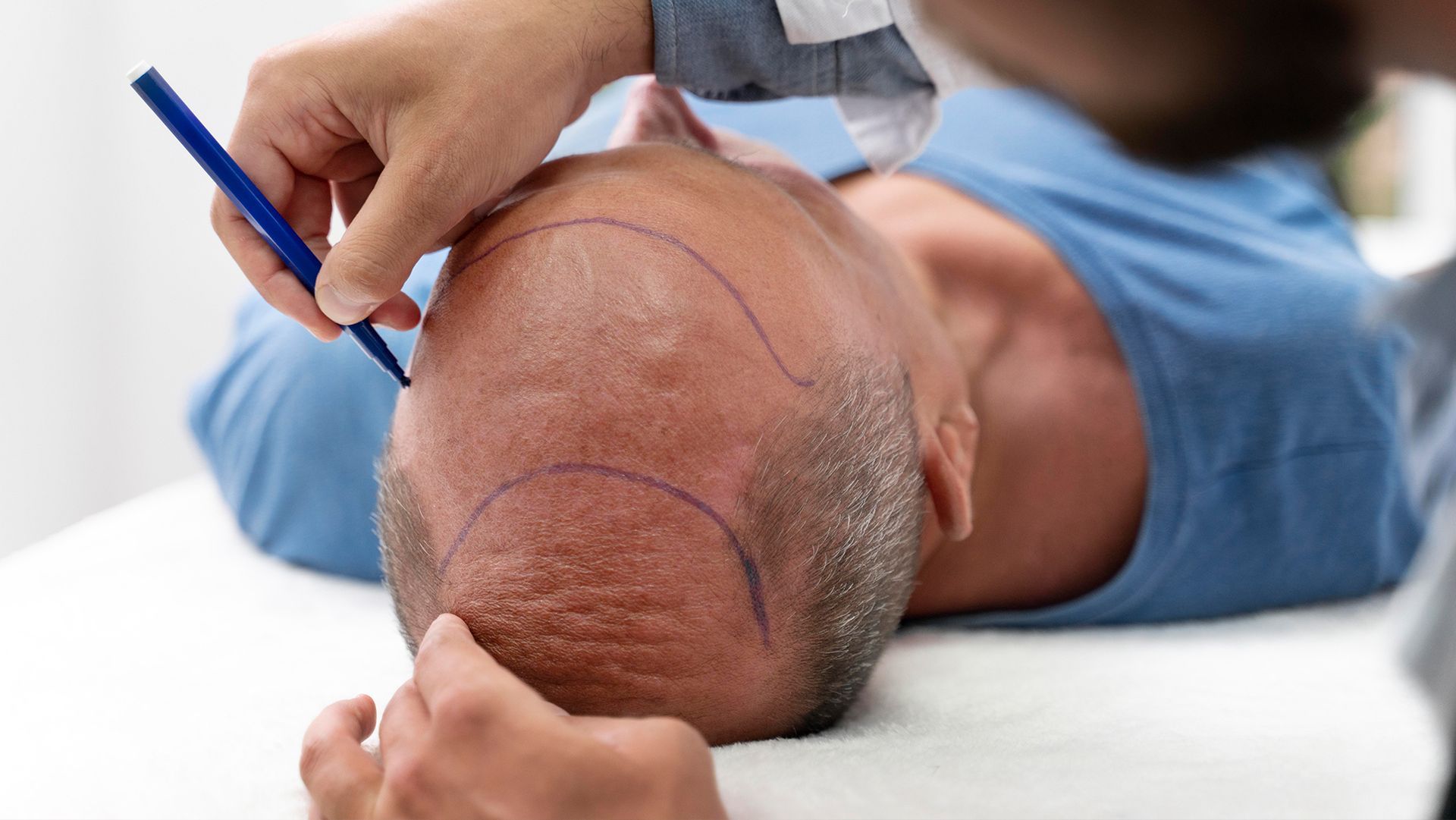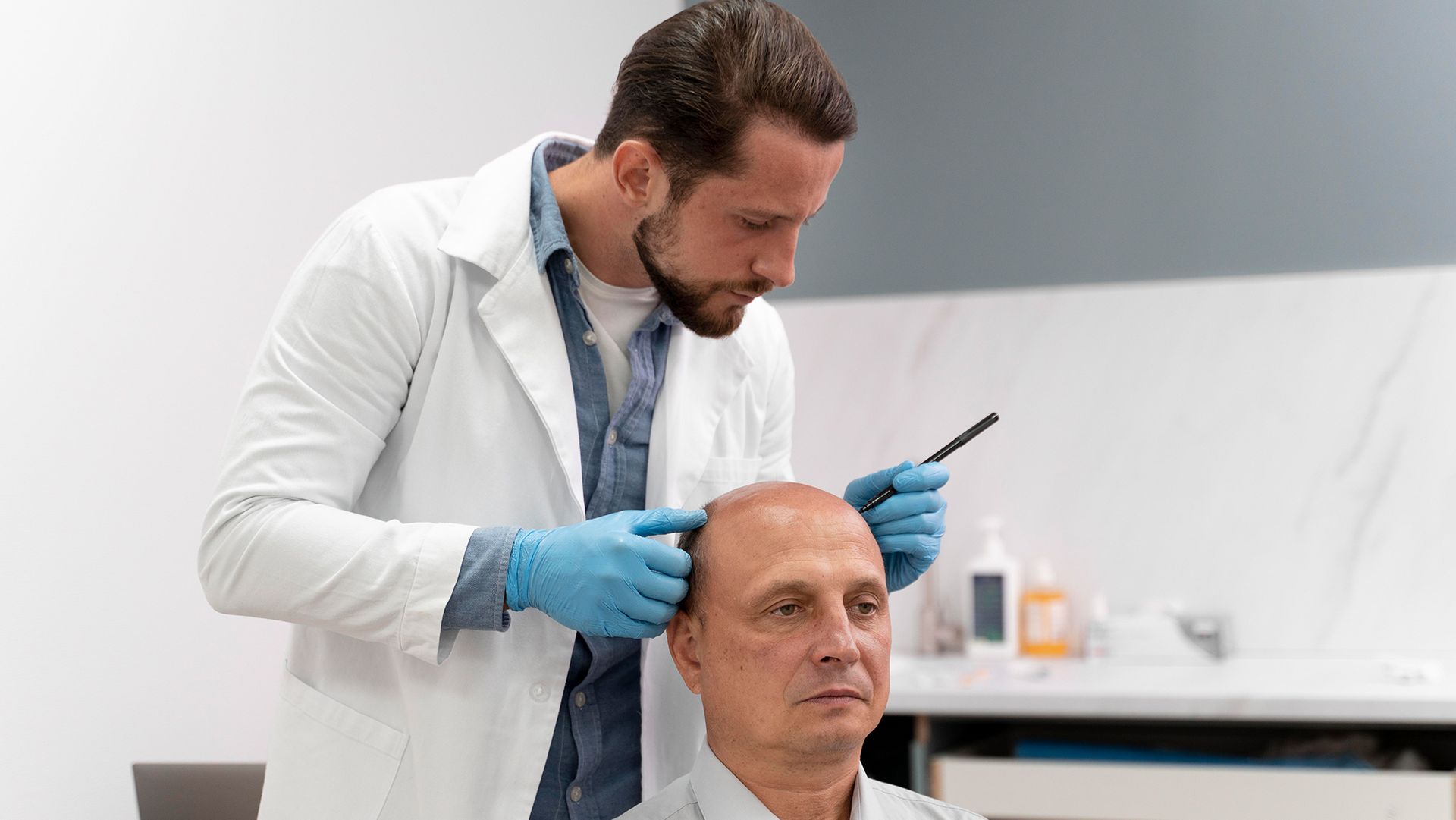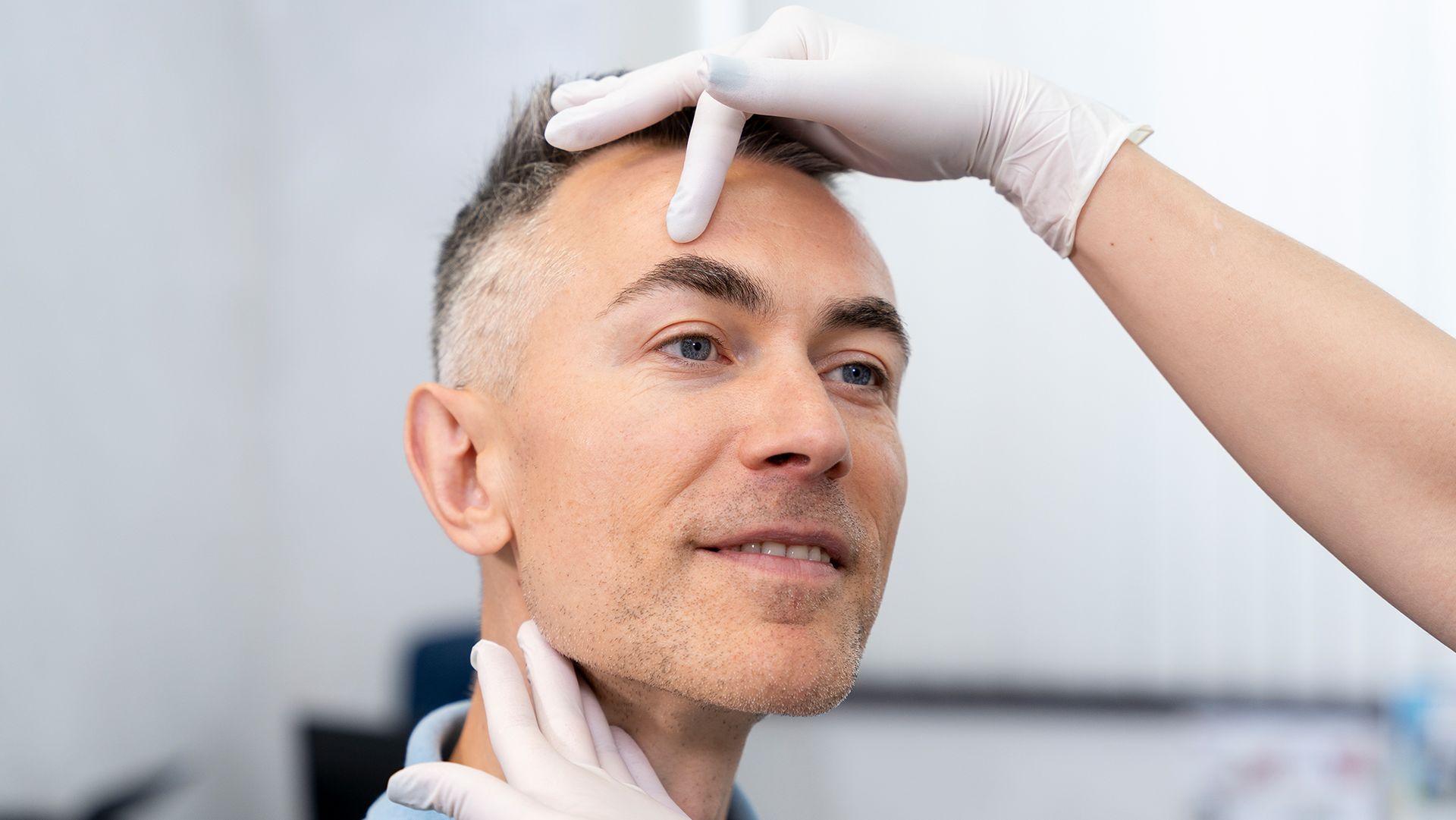Considering a Hair Follicular Unit Extraction: What to Know

Hair loss is a common concern among individuals, whether it’s due to physical health concerns or natural body processes. With the number of people looking for ways to address this issue, it led to the rapid growth of the hair transplant market around the world with a worth of $6.9 billion in 2023.
Among the available procedures, follicular unit extraction or FUE is one of the common options for its effects. But when considering this treatment, what should you keep in mind?
Keep reading to learn about the benefits of FUE, how it works, and when it works best.
How Follicular Unit Extraction Works
A follicular unit extraction requires taking individual hair follicles from different parts of the body and implanting them where you need them. This way, you can make the target area’s hair appear thicker.
Usually, physicians suggest harvesting the hair from a full-looking donor area. So, it can produce less noticeable thinning later.
At most, it can take about two to three weeks for the newly transplanted hair to fall off. When this happens, it’s a sign of hair regrowth, which can take about three to four months to process. According to studies, you can expect
10% to 80% of it to grow back, depending on several factors.
How Long FUE Hair Transplants Last
Some would find that hair follicular unit extraction transplants are fairly long-lasting. But as you age, you may require more follow-up procedures to maintain the look due to thinning hair follicles.
Even so, you can consult a professional to get advice on what you can do to maximize every treatment. It can include specific hair care routines or using medications to promote hair growth or reduce hair loss. Either way, with the right aftercare, an FUE transplant can last you months to years.
The Benefits of an FUE Procedure
When deciding on a hair restoration method, you want to be sure you choose an option that provides you with as many benefits as possible. Moreover, it’s best to ensure it provides effective results and keeps you comfortable.
With
follicular unit extraction, you can experience the following advantages:
Natural-Looking
With the way hair follicular unit extraction works, it makes it difficult to distinguish transplanted hair from native hair.
Most surgeons implant them in the same direction and angle of growth as the strands that surround them. Through this, it can seamlessly blend with the rest of your hair, making it look as natural as possible.
Little to No Pain
Surgeons working on a hair follicular unit extraction apply anesthesia similar to those used in dental practices before they proceed. It helps them ensure patients feel comfortable throughout the procedure. With this, you can easily go back to your daily tasks upon completing the transplant.
Minimal to No Scars
Follicular unit extraction takes hair from the donor area by using tiny circular punches instead of a scalpel. It helps produce unnoticeable scars, allowing the individual to keep the donor area appear unaffected.
Moreover, surgeons often plan out where to harvest follicles rather than doing it at random. This way, they can maintain the natural look and density of the donor area.
Many people also prefer FUE because it doesn’t leave linear scars, which is a common concern among individuals who get FUT procedures. This is because surgeons extract the hair in small, circular shapes. So, it hides well within the hairline.
Quick Recovery and Healing
An FUE takes away the need for stitches and scalpels. Because of this, you can heal sooner and get back to your usual routine in only a few days.
You also won’t have to worry about restrictions during your recovery period. Like with most procedures, you should still avoid strenuous physical activities for a few days. But these are usually minimal and take up less time in the healing process.
High Graft Quality
In some cases, hair follicular unit extraction treatments are done with the help of technology. This allows surgeons to get a real-time 3D analysis of the hair on your head.
Through this, it picks out the healthiest and strongest follicles in the mix. And so, it lets you enjoy high graft quality and satisfying results.
Convenient Procedure
FUE hair transplants can last about 8 to 12 hours long, often in multiple hour-long sessions distributed across different days. You can have it arranged according to your schedule, making it convenient if you have less time to spare in a day. It’s also an outpatient procedure, meaning you can leave the clinic and head home or elsewhere after each session.
More Harvesting Possibilities
A follicular unit extraction offers more possibilities for harvesting since many generally believe that you can harvest additional grafts through donor hair reserves. These can include the chest, abdomen, and beard, among other places.
When to Consider FUE
Generally, individuals who are dealing with thinning hair or balding are the ideal candidates for follicular unit extraction. There are no limits in gender or age but the procedure is common among adults.
Even so, you want to be sure you have enough hair on other parts of the body to use for the transplant. Note that this is crucial if you want to maintain a natural look and prevent hair thinning in other parts of your body. Otherwise, you should consider other methods.
FUE also works for different uses beyond typical hair restoration. Studies show it produces effective results as a
treatment for other dermatological indications, including androgenetic alopecia, alopecia areata, scarring alopecia, and more.
In Summary
Hair follicular unit extraction is known for being one of the more minimally invasive transplant procedures. It’s also popular for producing satisfactory results, from a natural appearance and less pain to fast recovery and convenience.
Most surgeons plan out where to harvest hair follicles to maintain balance with body hair and prevent thinning in other areas. Additionally, they implant the strands following the growth of the natural hair to help it blend seamlessly.









